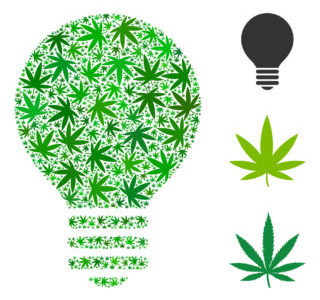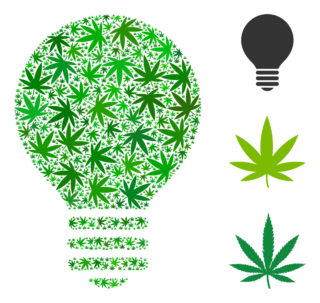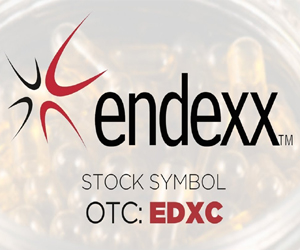Cannabis Patents are Approaching the Patent Trial and Appeal Board
Recreational MarijuanaUncategorized March 13, 2019 MJ Shareholders

In keeping with last week’s cannabis patent litigation update, it’s important to discuss a landmark decision that was made by the U.S. Patent and Trademark Office (“USPTO”) Patent Trial and Appeal Board (“PTAB”) on claims involving a cannabis patent just two months ago. On January 3, 2019, the PTAB published its Final Written Decision in the case, Insys Development Co, Inc. v. GW Pharma Ltd., et al. (IPR 2017-00503). SPOILER ALERT: the PTAB found two claims to be unpatentable as obvious, and the remaining eleven claims to be valid (and potentially enforceable in litigation).
In this case, the subject patent was U.S. Patent No. 9,066,920 – “Use of one or a combination of phyto-cannabinoids in the treatment of epilepsy” (“the 920 Patent”). The 920 Patent was originally assigned to GW Pharma Ltd. (“GW Pharma”) and Otsuka Pharmaceuticals Co., Ltd. Some background on GW Pharma: it owns an extensive patent portfolio, many of which are directed to treat disease using cannabis-based formulations. Notably, GW Pharma made history by becoming the first entity to receive FDA approval of the drug, Epidiolex, which contains CBD. Epidiolex was approved to treat two rare forms of epilepsy: Dravet syndrome and Lennox-Gastaut syndrome.

Insys Development Company, Inc. (“Insys Development”) is a pharmaceutical company that focuses on cannabinoids and drug delivery systems. Insys Development petitioned the USPTO for an inter partes review (“IPR”) in December 2016 to cancel all thirteen claims of the 920 Patent as obvious based on scientific articles as well as one of GW Pharma’s own published PCT applications.
The two patent claims that were invalidated related to dosing. Although the daily CBD dose given to epileptic patients in the studies was less than the 400 milligrams described in the 920 Patent, the PTAB said it was “logical to think” a higher dose could “increase the anticonvulsant effect.” The PTAB continued, “We find on this record that petitioner has shown sufficiently that a [person of skill in the art] would have a reason to, and a reasonable expectation of success in, increasing the dosage of CBD to at least 400 mg/day to treat partial seizure.”
The remaining eleven claims that survived PTAB review outline additional requirements for administering CBD to treat epilepsy. The PTAB disagreed with Insys Development that these claims were obvious. One claim requires that the CBD be present as a plant extract. Another claim requires the CBD be administered with the cannabinoid THCV. In sum, the PTAB concluded that “[it] find[s] that [Insys Development] has not shown sufficiently where each of the limitations of [these] claims is taught or why a [person of skill in the art] would have combined the teachings of the various references to arrive at the claimed invention with a reasonable expectation of success.”
Consistent with the UCANN case, a key thing to note is that the PTAB treated this cannabis patent IPR challenge as any other, and the fact that cannabis remains a Schedule I drug was not raised as an issue. Coming full circle, it’s likely that IPR challenges of cannabis patents are going to join the overall growing trend of cannabis patent applications and cannabis lawsuits filed.
We’ll know whether either side appeals the Final Written Decision by March 8, 2019. If an appeal does happen, the case can go through a panel rehearing and then the Federal Circuit, or straight to the Federal Circuit. Either way, we will keep you posted.
MJ Shareholders
MJShareholders.com is the largest dedicated financial network and leading corporate communications firm serving the legal cannabis industry. Our network aims to connect public marijuana companies with these focused cannabis audiences across the US and Canada that are critical for growth: Short and long term cannabis investors Active funding sources Mainstream media Business leaders Cannabis consumers








